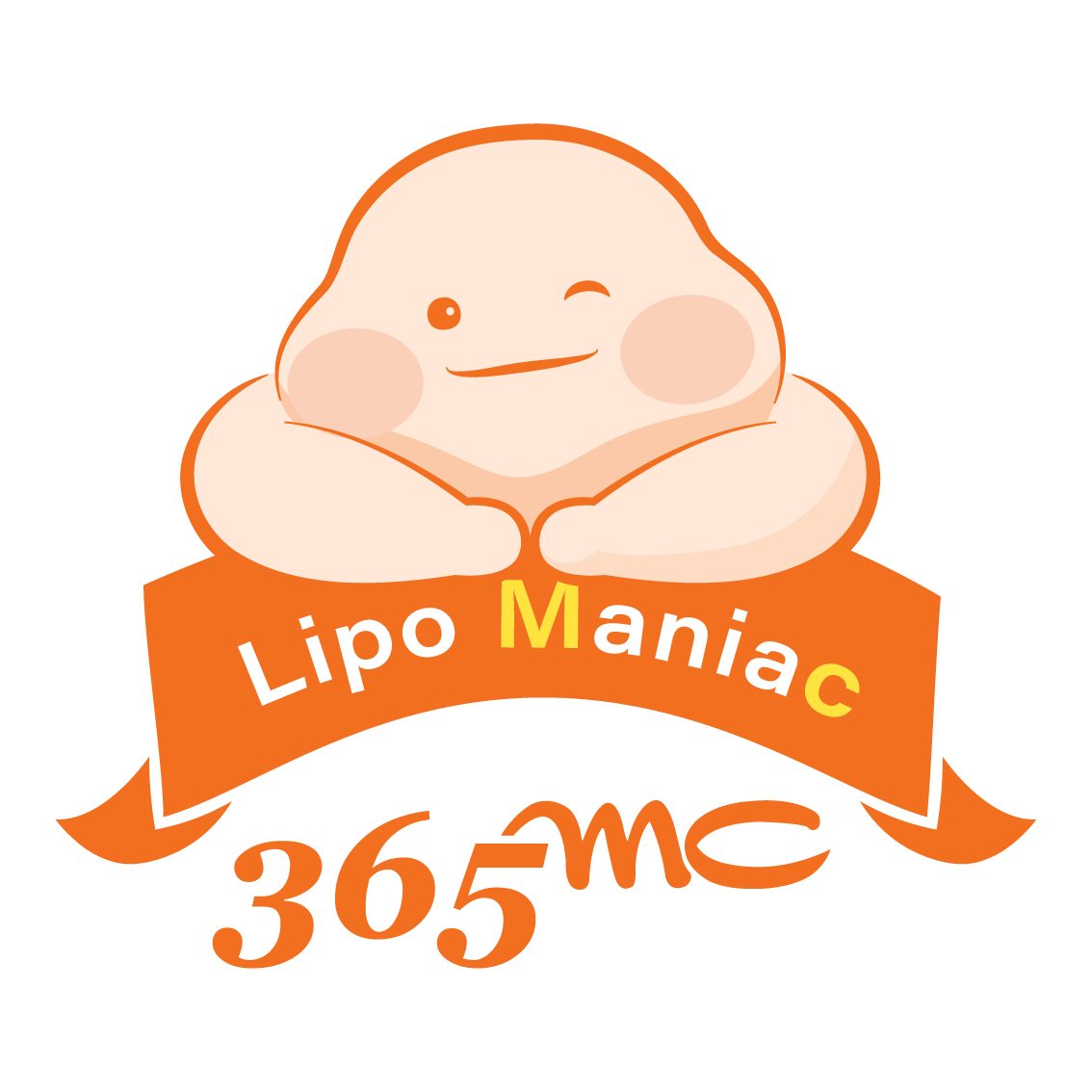There are many people who shake their heads when they hear the word ‘fat’. After all, fat is the main culprit in creating flab. Not many people will see that it will reduce the fat that ruins the body and causes obesity. In addition, many people consider fat to be unnecessary and harmful, but in fact, fat is one of the important elements necessary for our body.
The more fat you lose, the greater the risk of side effects.
There are many people who absolutely hate fat, but the positive effects of fat are also significant. First of all, it is a grateful being that helps us adapt and provides the energy needed to move our bodies. In particular, fat plays an absolute role in making the skin soft and supple.
Correction is impossible if all the fat is removed.
People who have undergone liposuction but are not satisfied may undergo reoperation. There are many reasons for undergoing reoperation. Some people want to have reoperation because they don’t like the lines, and other times they want to get reoperation because their skin is not smooth and bumpy. Correction is possible in most cases when the fat is left at an appropriate thickness. However, immediately after removing too much fat, correction is not easy because it is too thin.
Quick tip: How much fat can you lose per day?
How much fat can you lose per day? There is no absolute standard for this. Some hospitals do not recommend removing more than 5,000 cc at once. Removing more than 3,000 cc must be approached with caution because the risk of side effects is high. There are many opinions that removing fat exceeding 10% of body weight is dangerous.
Typically, liposuction removes about 8% to 10% of body weight. For example, if you weigh 60kg, it is recommended to lose about 5% to 13,000cc of fat. Of course, the amount that can be safely removed may vary depending on the individual’s condition and body type.
Since performing liposuction in several installments helps reduce side effects, it is best to avoid trying to remove a large amount at once.
Post-surgery pain is no joke?
“Liposuction? That hurts a lot. I had abdominal liposuction a few years ago. At that time, I gained so much weight that I decided to do the lower abdomen first and then the upper abdomen. I got the lower abdomen first, but it was so painful that I didn’t have the courage to try the upper abdomen as well.”
Many women say that if they can create a nice S-line, they can tolerate most of the pain. However, if the pain is so severe that you cannot even think about getting liposuction in other areas, you will be even more scared.
Pain that feels dull and sharp for a long time
Pain is a persistent subjective thing. Even when stimulated with the same intensity, some people feel more pain, while others feel less pain. The pain felt after liposuction also varies greatly from person to person. They range from those who said it wasn’t very painful to those who suffered from severe pain for about a week.
However, most people say, “It was painful, but it was bearable.” To what extent are we referring to the pain of general anesthesia? If you don’t move much or experience pain that you’ve been putting off for a long time, you’ll get rid of that level of pain and do that. If you think of it as just this level of pain, it would be appropriate. Approximately 80% of those who have actually experienced this can be said to fall into this category.
There is less pain if you work with an experienced professional.
Pain varies greatly from person to person and varies depending on the area in which it is located. For example, the doctor’s hand movements also affect pain. Even if liposuction is performed using the same method, the pain is often relatively less when performed by an experienced doctor. This is because more experienced doctors minimize unnecessary hand movements and use soft and detailed suction techniques. The role of a skilled specialist cannot be overlooked as it can reduce unnecessary bleeding, resulting in faster recovery and less pain.




